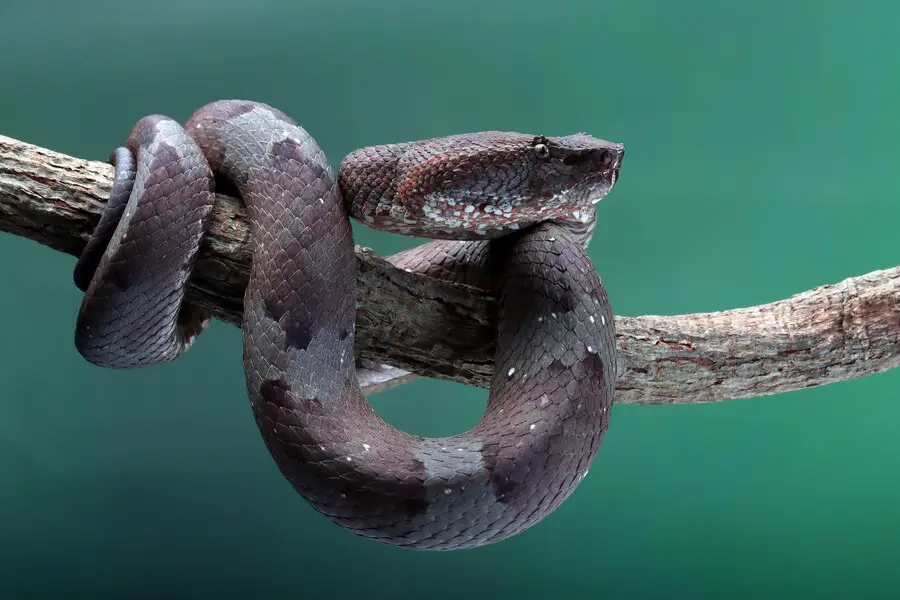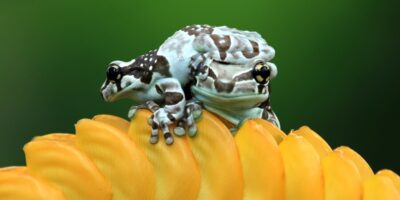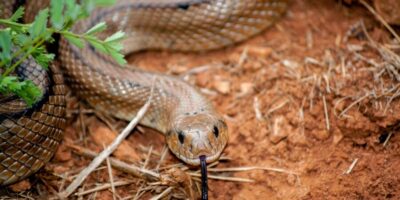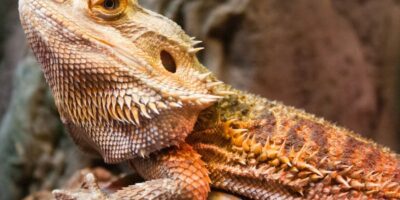The mystique surrounding snakes often shrouds them in a veil of misconceptions, and one prevailing myth is their relationship with water. In this blog post, we delve into the aquatic world of ball pythons, challenging preconceived notions and shedding light on the truth about their swimming behavior. As we navigate through their natural instincts, environmental influences, and real-life anecdotes, the goal is to discern whether ball pythons genuinely savor a dip or merely tolerate the aqueous realm.
Natural Habitat of Ball Pythons
In the wild, ball pythons call the tropical regions of sub-Saharan Africa home, where lush landscapes intertwine with varying water sources. These habitats, ranging from savannas to forested areas, feature water elements that significantly impact the behavior of these serpents. Water plays a crucial role in influencing their thermoregulation, hydration, and overall ecosystem dynamics. Understanding the intricacies of their native environment unveils insights into the nuanced relationship between ball pythons and water.
Role of Water
Water stands as a pivotal element in the natural environment of ball pythons, shaping their behavior in multifaceted ways. Beyond being a source of hydration, water plays a crucial role in thermoregulation. Ball pythons often seek out water to control their body temperature, utilizing the cooling effect of evaporation. Additionally, water bodies offer a strategic hunting ground, attracting prey and contributing to the overall biodiversity of their habitat.
Swimming instincts vs. preference
Ball pythons exhibit inherent swimming instincts that trace back to their evolutionary heritage. These instincts are rooted in their ability to navigate various terrains, including water, in their natural habitats. While their capacity to swim is an ingrained survival skill, it’s crucial to differentiate between these natural instincts and whether ball pythons genuinely enjoy water-based activities.
Some may instinctively tolerate water for survival, while others might display a genuine preference or aversion. Recognizing these distinctions is key to understanding and respecting the individual preferences of ball pythons in captivity.
Observations and Anecdotes
Exploring the real-life interactions between ball python owners and their serpentine companions reveals a tapestry of unique experiences with water. Some owners have witnessed voluntary engagements where curious snakes willingly explore water features within their enclosures. On the flip side, accidental encounters, like unexpected spills or rainy day mishaps, reveal varying reactions—from nonchalant acceptance to cautious curiosity.
Voluntary or accidental encounters with water
Instances of voluntary or accidental encounters with water offer intriguing glimpses into the diverse behaviors of ball pythons. Some snakes, driven by curiosity, willingly explore water features within their enclosures, showcasing a sense of adventurous engagement. On the contrary, accidental encounters, such as spills or unexpected exposure, elicit a spectrum of reactions, ranging from nonchalant acceptance to cautious curiosity. These firsthand accounts contribute to unraveling the nuanced dynamics between ball pythons and water in domestic environments.
Factors Influencing Swimming Behaviour
Several environmental factors intricately shape a ball python’s swimming behavior. Temperature plays a pivotal role, with warmer conditions often encouraging greater aquatic exploration. Adequate humidity levels are equally crucial, impacting their comfort and skin health. The availability of water in the enclosure serves as a significant influence—some ball pythons may be more inclined to swim if provided with a suitable and enticing water source.
Environmental Factors
Various environmental factors play a pivotal role in shaping a ball python’s willingness to engage with water. Temperature serves as a crucial influencer; warmer conditions often encourage more active interactions. Adequate humidity levels, vital for skin health, also impact their comfort around water. The presence and accessibility of water in the enclosure become significant determinants, with some ball pythons showing greater interest when provided with suitable water sources.
Swimming as Enrichment
Introducing controlled swimming sessions can offer ball pythons both physical and mental enrichment. Beyond fulfilling natural instincts, it promotes exercise and cognitive stimulation. Consider incorporating shallow water bowls or specially designed enclosures to facilitate safe interaction. Engaging in this aquatic environment not only enhances their overall well-being but also provides a novel and enriching experience, contributing to a content and thriving life for your ball python in captivity.
Concerns and Cautionary Notes
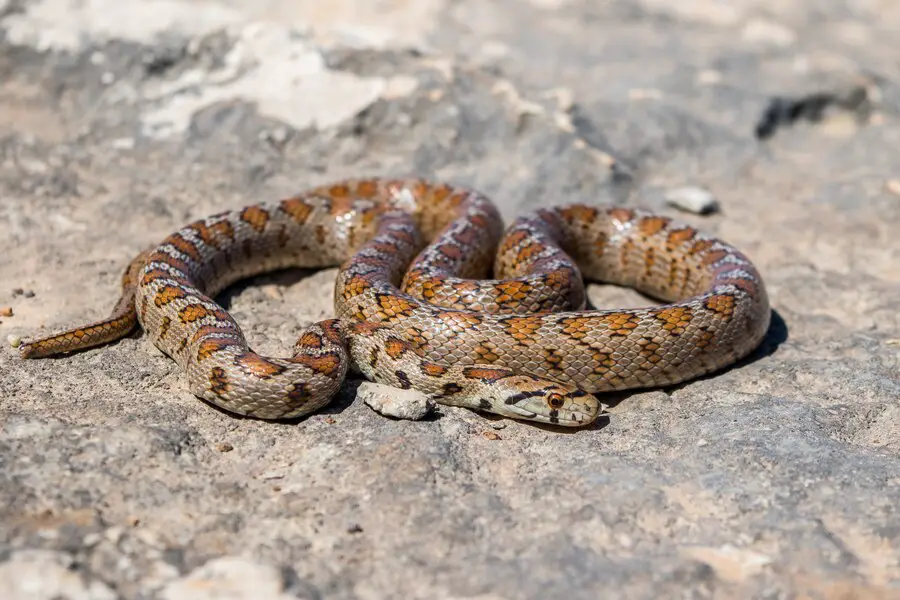
While water can be a source of enrichment, introducing it to a ball python’s habitat requires careful consideration. Potential concerns include stress, respiratory issues, or injuries during swimming activities. To ensure safety, monitor the snake’s behavior closely, offering shallow water sources. Avoid deep water that may lead to undue stress or accidental drowning. Additionally, always provide accessible escape routes and prioritize gradual acclimatization. These precautions help mitigate risks, fostering a positive and secure environment for your ball python.
Importance of Gradual Acclimatization
Ensuring the well-being of ball pythons during water introductions hinges on a patient and gradual approach. Start by providing shallow water at room temperature and observing their reactions closely. Gradual acclimatization is paramount, allowing the snake to adjust at its own pace. Monitor behavior meticulously, noting signs of stress or discomfort. This careful process not only fosters a positive interaction with water but also prevents undue stress, ensuring the safety and contentment of the ball python in its aquatic environment.
Water safely
Introducing water to your ball python’s enclosure requires a gradual and cautious approach. Begin by providing a shallow water dish that allows easy access. Emphasize gradual acclimatization by ensuring the water is at room temperature. Monitor their behavior closely during this period, observing for signs of stress or discomfort.
If your snake displays positive engagement, consider expanding water features gradually. The key lies in patience and attentiveness, ensuring a safe and comfortable introduction to water-based elements in their environment.
Expert Insights
Enhancing our understanding of ball python behavior and water interaction, valuable insights from case studies and reptile experts provide a foundation of credibility. Real-life experiences shared by seasoned enthusiasts and expert perspectives contribute depth to the discourse. These firsthand accounts, whether detailing positive engagements or cautionary tales, enrich the narrative with practical wisdom.
By incorporating such case studies and expert insights, the blog post gains authority, offering readers a well-rounded and informed perspective on the intricate relationship between ball pythons and water.
Conclusion
In concluding our exploration of ball pythons and their interaction with water, let’s recap the key points uncovered. From understanding their natural habitat to deciphering swimming instincts and the influence of environmental factors, we’ve unraveled the nuanced relationship between these serpentine companions and aquatic elements. Embracing anecdotes, insights, and cautionary notes, we navigate a sea of diverse experiences.
As we steer through these waters, let’s encourage responsible and informed care, recognizing the individuality of each ball python and fostering an environment that aligns with their unique preferences and needs.
